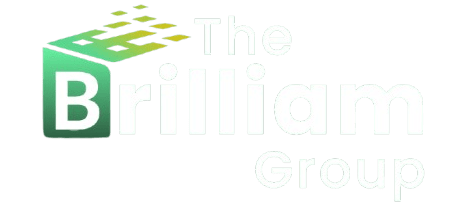Digital Advertising Strategies for Small Businesses
In today’s fast-paced digital landscape, advertising online is one of the most effective ways for small businesses to reach potential customers, drive traffic, and boost sales. With the right approach, even businesses with limited budgets can achieve impressive results. Here are some essential digital advertising strategies that can help small businesses grow online.
1. Define Your Advertising Goals and Target Audience
Before launching a campaign, clearly define your objectives. Are you aiming to drive website traffic, generate leads, increase sales, or build brand awareness? Identifying your goals will shape your strategy and budget allocation. Equally important is understanding your target audience—their demographics, interests, location, and online behavior—to ensure your ads are highly relevant and effective.
2. Choose the Right Advertising Channels
Different platforms offer different advantages. Choose the channels that align with your audience and goals. Some key platforms include:
- Google Ads: Ideal for capturing intent-based traffic via search, display, and YouTube ads.
- Facebook & Instagram Ads: Great for visual storytelling, retargeting, and reaching highly specific audiences.
- LinkedIn Ads: Best for B2B businesses and professional services.
- Twitter/X Ads: Effective for real-time campaigns and news-driven industries.
- TikTok Ads: Perfect for reaching younger, trend-savvy audiences through creative video content.
3. Craft Compelling Ad Creatives
The success of your digital ads often depends on the quality and relevance of your creatives. Focus on:
- Eye-catching visuals and videos: Use high-quality images or engaging short videos to capture attention.
- Clear messaging: Communicate your offer, value proposition, and call-to-action concisely.
- Landing page relevance: Ensure the landing page matches the ad message for higher conversion rates.
- Ad copy testing: Experiment with different headlines, CTAs, and formats to find what works best.
4. Start Small and Test Often
Begin with a modest budget and test various campaigns to learn what delivers the best ROI. Monitor performance, analyze which ads convert better, and scale your efforts accordingly. Use A/B testing to compare creatives, audiences, and ad formats.
5. Retargeting Is Key
Many visitors won’t convert on their first interaction. Retargeting ads allow you to re-engage users who visited your website or engaged with your content. Platforms like Facebook and Google offer robust retargeting tools to bring interested users back to complete a purchase or sign up.
6. Track, Measure, and Optimize
Regularly monitor your ad performance using tools like Google Analytics, Facebook Ads Manager, or LinkedIn Insights. Focus on metrics such as click-through rates (CTR), cost-per-click (CPC), conversions, and return on ad spend (ROAS). Use these insights to optimize your campaigns, allocate budget smartly, and improve results over time.






